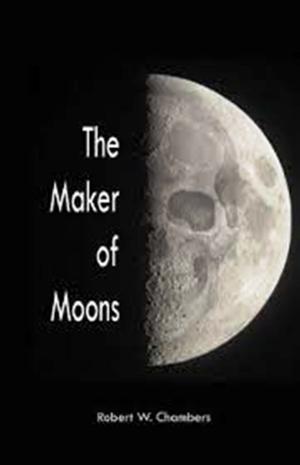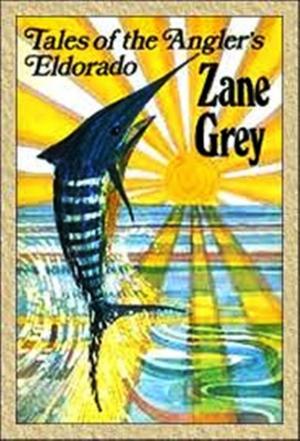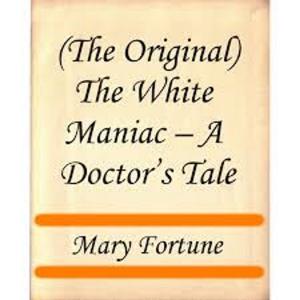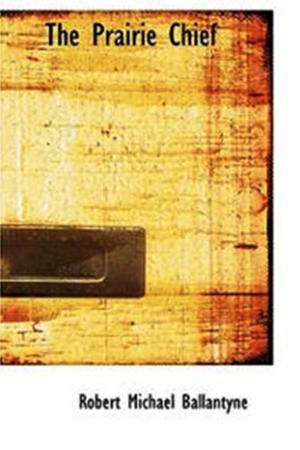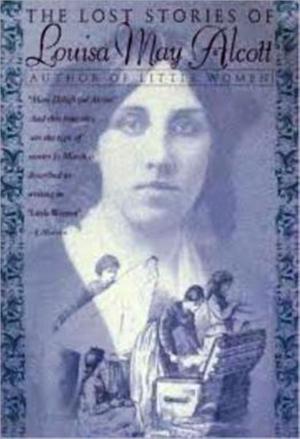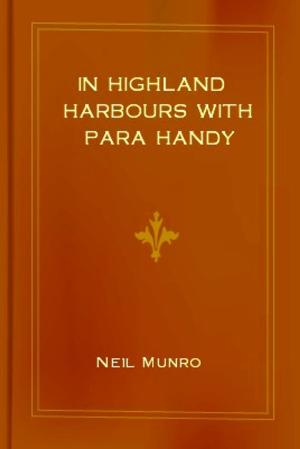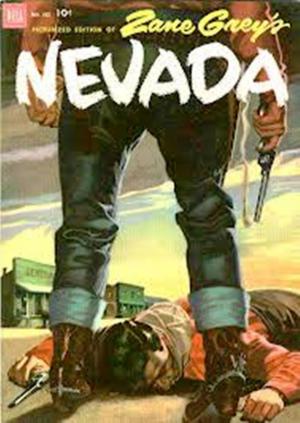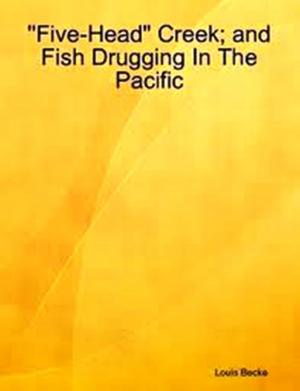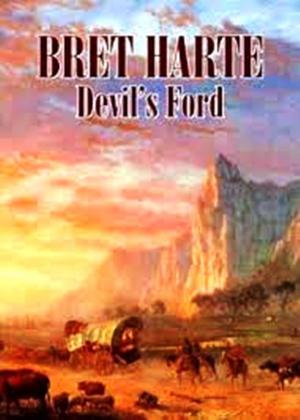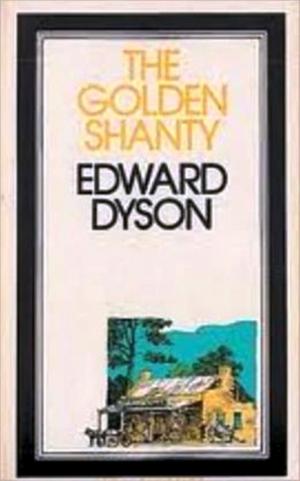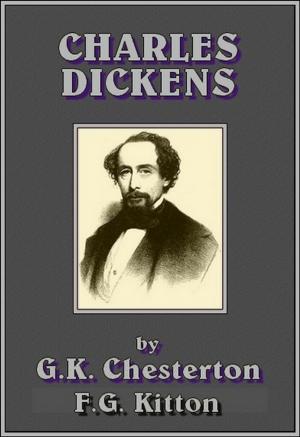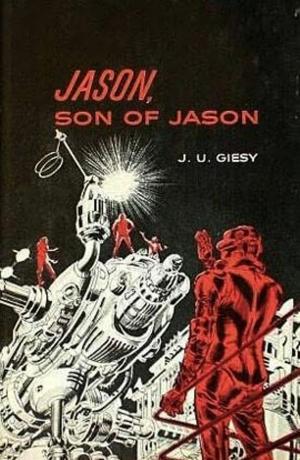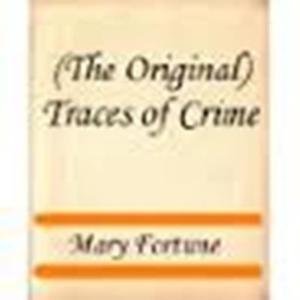| Author: | Mary Cholmondeley | ISBN: | 1230000148201 |
| Publisher: | WDS Publishing | Publication: | July 5, 2013 |
| Imprint: | Language: | English |
| Author: | Mary Cholmondeley |
| ISBN: | 1230000148201 |
| Publisher: | WDS Publishing |
| Publication: | July 5, 2013 |
| Imprint: | |
| Language: | English |
Some years ago I took up architecture, and made a tour through Holland, studying the buildings of that interesting country. I was not then aware that it is not enough to take up art. Art must take you up, too. I never doubted but that my passing enthusiasm for her would be returned. When I discovered that she was a stern mistress, who did not immediately respond to my attentions, I naturally transferred them to another shrine. There are other things in the world besides art. I am now a landscape gardener.
But at the time of which I write I was engaged in a violent flirtation with architecture. I had one companion on this expedition, who has since become one of the leading architects of the day. He was a thin, determined-looking man with a screwed-up face and heavy jaw, slow of speech, and absorbed in his work to a degree which I quickly found tiresome. He was possessed of a certain quiet power of overcoming obstacles which I have rarely seen equalled. He has since become my brother-in-law, so I ought to know; for my parents did not like him much and opposed the marriage, and my sister did not like him at all, and refused him over and over again; but, nevertheless, he eventually married her.
I have thought since that one of his reasons for choosing me as his travelling companion on this occasion was because he was getting up steam for what he subsequently termed 'an alliance with my family', but the idea never entered my head at the time. A more careless man as to dress I have rarely met, and yet, in all the heat of July in Holland, I noticed that he never appeared without a high, starched collar, which had not even fashion to commend it at that time.
I often chaffed him about his splendid collars, and asked him why he wore them, but without eliciting any response. One evening, as we were walking back to our lodgings in Middeburg, I attacked him for about the thirtieth time on the subject.
'Why on earth do you wear them?' I said.
'You have, I believe, asked me that question many times,' he replied, in his slow, precise utterance; 'but always on occasions when I was occupied. I am now at leisure, and I will tell you.'
And he did.
I have put down what he said, as nearly in his own words as I can remember them.
Ten years ago, I was asked to read a paper on English Frescoes at the Institute of British Architects. I was determined to make the paper as good as I could, down to the slightest details, and I consulted many books on the subject, and studied every fresco I could find. My father, who had been an architect, had left me, at his death, all his papers and note-books on the subject of architecture. I searched them diligently, and found in one of them a slight unfinished sketch of nearly fifty years ago that specially interested me. Underneath was noted, in his clear, small hand--Frescoed east wall of crypt. Parish Church. Wet Waste-on-the-Wolds, Yorkshire (via Pickering).
The sketch had such a fascination for me that I decided to go there and see the fresco for myself. I had only a very vague idea as to where Wet Waste-on-the-Wolds was, but I was ambitious for the success of my paper; it was hot in London, and I set off on my long journey not without a certain degree of pleasure, with my dog Brian, a large nondescript brindled creature, as my only companion.
Some years ago I took up architecture, and made a tour through Holland, studying the buildings of that interesting country. I was not then aware that it is not enough to take up art. Art must take you up, too. I never doubted but that my passing enthusiasm for her would be returned. When I discovered that she was a stern mistress, who did not immediately respond to my attentions, I naturally transferred them to another shrine. There are other things in the world besides art. I am now a landscape gardener.
But at the time of which I write I was engaged in a violent flirtation with architecture. I had one companion on this expedition, who has since become one of the leading architects of the day. He was a thin, determined-looking man with a screwed-up face and heavy jaw, slow of speech, and absorbed in his work to a degree which I quickly found tiresome. He was possessed of a certain quiet power of overcoming obstacles which I have rarely seen equalled. He has since become my brother-in-law, so I ought to know; for my parents did not like him much and opposed the marriage, and my sister did not like him at all, and refused him over and over again; but, nevertheless, he eventually married her.
I have thought since that one of his reasons for choosing me as his travelling companion on this occasion was because he was getting up steam for what he subsequently termed 'an alliance with my family', but the idea never entered my head at the time. A more careless man as to dress I have rarely met, and yet, in all the heat of July in Holland, I noticed that he never appeared without a high, starched collar, which had not even fashion to commend it at that time.
I often chaffed him about his splendid collars, and asked him why he wore them, but without eliciting any response. One evening, as we were walking back to our lodgings in Middeburg, I attacked him for about the thirtieth time on the subject.
'Why on earth do you wear them?' I said.
'You have, I believe, asked me that question many times,' he replied, in his slow, precise utterance; 'but always on occasions when I was occupied. I am now at leisure, and I will tell you.'
And he did.
I have put down what he said, as nearly in his own words as I can remember them.
Ten years ago, I was asked to read a paper on English Frescoes at the Institute of British Architects. I was determined to make the paper as good as I could, down to the slightest details, and I consulted many books on the subject, and studied every fresco I could find. My father, who had been an architect, had left me, at his death, all his papers and note-books on the subject of architecture. I searched them diligently, and found in one of them a slight unfinished sketch of nearly fifty years ago that specially interested me. Underneath was noted, in his clear, small hand--Frescoed east wall of crypt. Parish Church. Wet Waste-on-the-Wolds, Yorkshire (via Pickering).
The sketch had such a fascination for me that I decided to go there and see the fresco for myself. I had only a very vague idea as to where Wet Waste-on-the-Wolds was, but I was ambitious for the success of my paper; it was hot in London, and I set off on my long journey not without a certain degree of pleasure, with my dog Brian, a large nondescript brindled creature, as my only companion.

